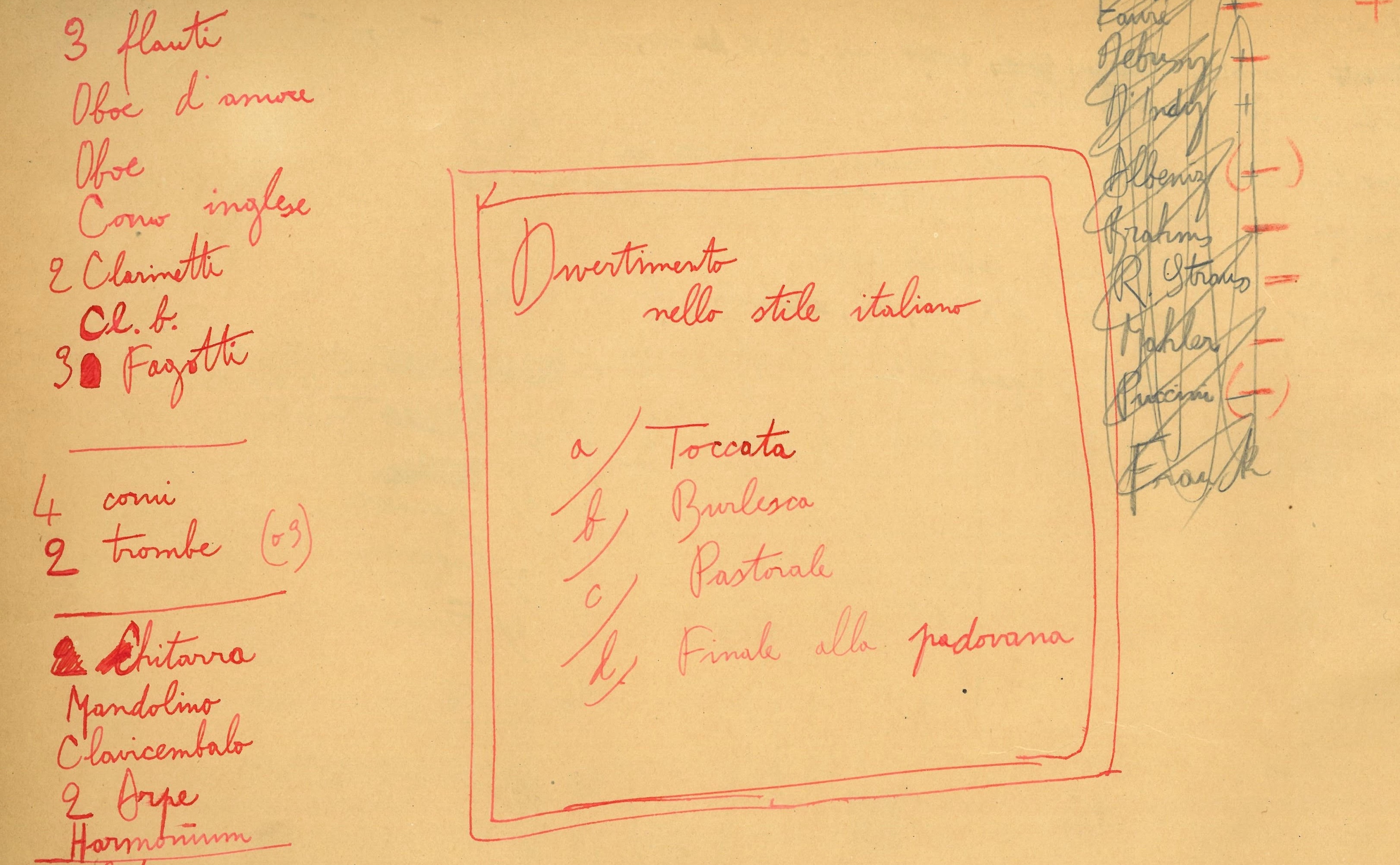Béla Bartók’s Turn to Neoclassicism in Light of His Social Commitment: Some Evidence from Archival Sources
Keywords:
Béla Bartók, Musical neoclassicism, Bartok’s political engagement, Bartók’s writingAbstract
An active participant at events of the International Society for Contemporary Music, Béla Bartók became fully aware of neoclassicism by 1925. By 1926 he developed his new idiom in a series of piano pieces and the First Piano Concerto. His neoclassicism integrated a whole series of new elements from French and Italian baroque keyboard literature as well as re-evaluating J. S. Bach, Mozart, and even Beethoven as models. It continuously developed in works such as Cantata profana, Music for Strings Percussion, and Celesta, and the Solo Violin Sonata. The article presents two archival documents, an undated written statement in Hungarian first published by László Somfai under the title ‘Bartók Béla nyilatkozata a “progresszív zenei alkotásokról” (1927–1928?)’ [Béla Bartók’s Statement about ‘Progressive Musical Works’ (1927–1928?)], and the heavily revised manuscript draft of ‘Béla Bartók’s Opinion on the Technical, Aesthetic and Spiritual Orientation of Contemporary Music’, written for La Revue Internationale de Musique in 1938 and included in Béla Bartók Essays (ed. by Benjamin Suchoff, 1976) in English translation. A close look at the manuscript reveals how central the social and political concerns were in Bartók’s thinking even about aesthetical questions raising the possibility that his stylistic turn to neoclassicism might also have been dictated by his sense of social responsibility.Downloads
Published
2025-08-07
Issue
Section
Articles
License
Copyright (c) 2025 Archival Notes

This work is licensed under a Creative Commons Attribution-NonCommercial-NoDerivatives 4.0 International License.



